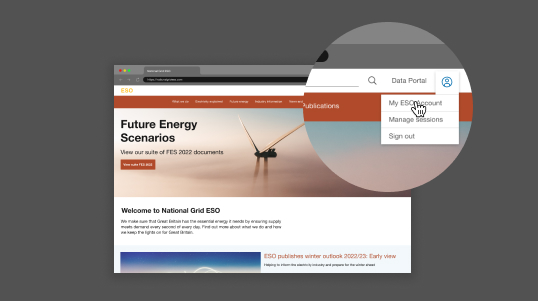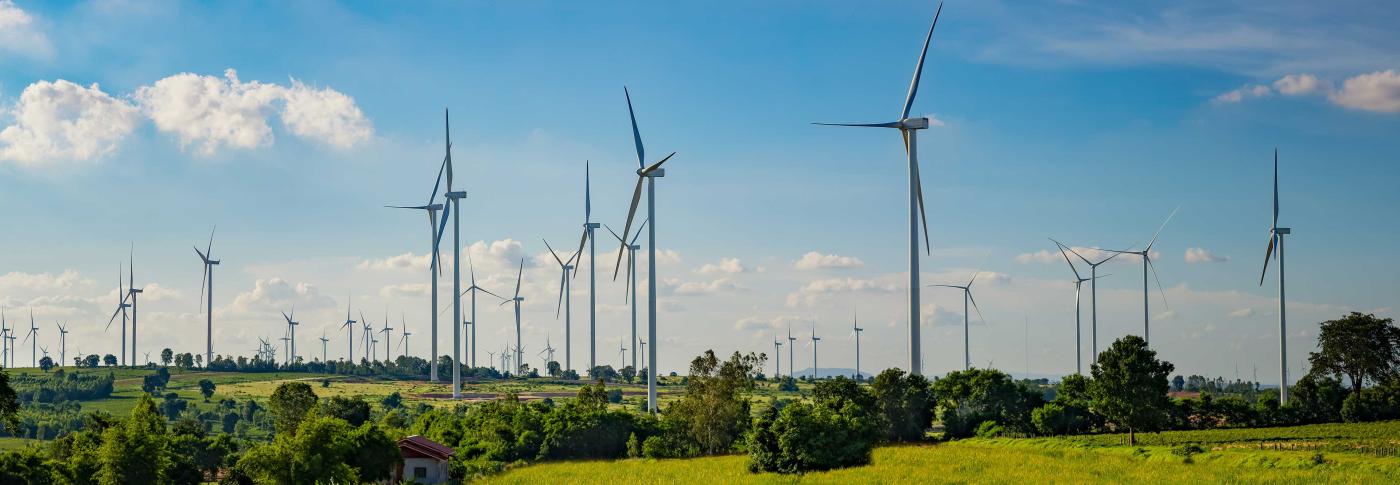Firm Frequency Response (FFR) is our traditional frequency response suite used for balancing grid frequency in real time.
- Static FFR will continue to be actively procured until replaced with a future enduring static product.
- Dynamic FFR is being phased out over the period FY23/24 as our new dynamic response services (DC, DM, DR) offset this requirement. See details of our new dynamic response services.
Service Transition
|
|
Dynamic FFR |
Static FFR |
|---|---|---|
|
FY 2022-23 |
Dynamic service (as-is) |
Static service (as-is) |
|
FY 2023-24 |
Dynamic service (as-is) |
Static service (as-is) |
|
FY 2024-25 |
Ceased |
Static service (see point below) |
- Following the delivery of Release 1 we intent to explore the role that a static response service might play in our enduring suite of response and reserve products and what that static service looks like.
- Proposed that day ahead Static response auction will be pay as clear.
- We expect to continue to procure dynamic FFR during the warmer months of 2023 until the DM and DR markets develop. This is subject to extending a derogation against the Clean Energy Package regulation.
FFR is currently split into two services which are called Dynamic FFR and Static FFR. The minimum entry threshold for both services is 1MW which can be provided by either a single or aggregated assets. The requirements for delivery of these services are different.
Dynamic frequency response is a continuously provided service used to manage the normal second-by-second changes on the system and needs to provide:
- Primary response - Response provided within 10 seconds of an event, which can be sustained for a further 20 seconds.
- Secondary response - Response provided within 30 seconds of an event, which can be sustained for a further 30 minutes.
- High frequency response - Response provided within 10 seconds of an event, which can be sustained indefinitely.
Static frequency response is a non-dynamic frequency response service which is triggered at a defined frequency deviation.
- Static response – response provided within 30 seconds and sustained until 30 minutes following the point at which the frequency trigger was reached.
FFR is procured through a monthly tender process. Once service providers succeed in the pre-qualification assessment and sign onto a framework agreement, they will then be able to tender into the monthly tenders. The FFR tender close at 5pm on the 1st business day of each month, the results and contract award notifications are published no later than 5pm on the 12th business day.
FFR tender results are published on the ESO data portal and contract award letters are issued via email
Providers will need to test their assets in accordance with the testing procedure described in the FFR Testing Guidance prior to being able submit tenders, also accessible under Market Information on the data portal. For further information please contact your Account Manager.
Settlements Information: Payments for response services are handled by our settlements team.
Current documentation
Asset testing
Before and asset can participate in the FFR tenders it must have passed testing for the service that it is bidding into. Asset testing is a series of tests designed to prove that the assets can deliver the service in accordance with the service design, the tests are then signed off by an independent technical engineer using the template in the testing documentation.
Contractual Documents
The contractual documents for FFR consist of the latest Standard contract terms and a signed Framework agreement.
Market Information Reports
Please not that from TR136 the FFR Post Tender Reports and Market Information Reports will be published on the ESO data portal.
FFR Framework Agreements
There are several different FFR framework agreements. Depending on how you are going to register the unit delivering the service (BM or non-BM) and how the unit is made up (single asset or aggregated assets). This will determine which framework agreement you will need. It is possible to have multiple framework agreements.
FFR Calendar and Tender Round Update
We have now released the 2023/2024 tender calendar for FFR tender rounds 159 (March 2023) onwards.

Further enquiries
Get in touch with the right team within Balancing Services, who are on hand to answer any questions you may have.

